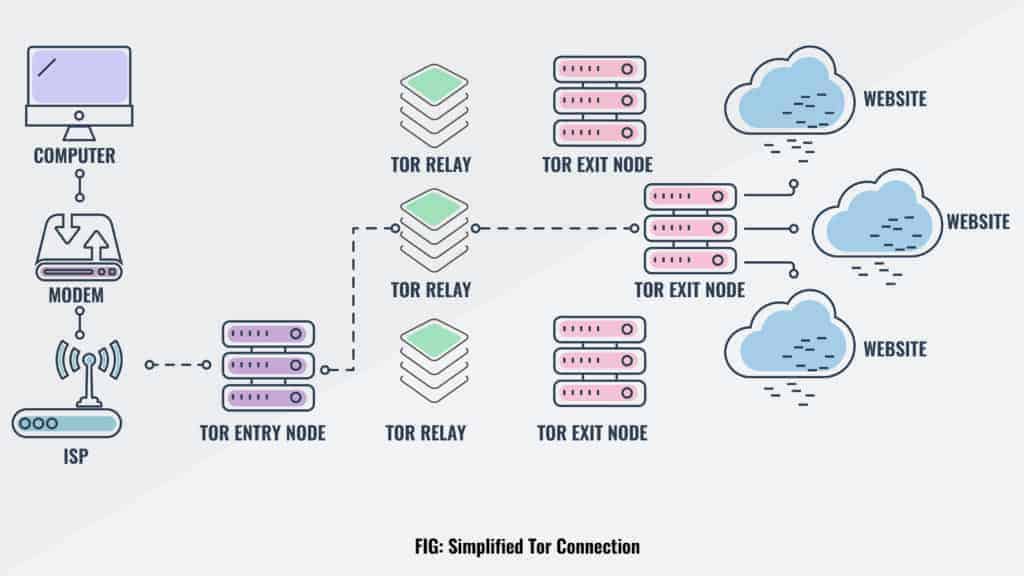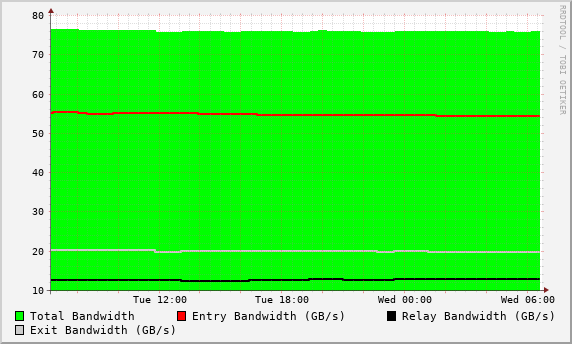
$ sar -n DEV 2 5Ĭheck the load for other protocols such as TCP. Here, -n signifies that we are calling sar for network statistics and the ‘ Protocol’ can be IP, TCP, UDP, DEV (which shows traffic for each network interface like Ethernet or Wifi), etc. The syntax to display network traffic with sar is: $ sar -n Protocol Interval Repetitions In RedHat, Fedora, and other derivatives, run: $ yum install sysstatĪfter you have installed the command, run the following to enable the command to capture statistics. To install sar command in Debian, Ubuntu or other derivatives use: $ sudo apt install sysstat

Check Linux Network Resource Usage with Sar CommandĪnother command which is very handy not only for network administration but also for overall system administration is the sar command, which is used for finding any kind of resource usage. Notice that it shows the packets by each protocol ( TCP, UDP), and at the top shows the summary of connections established, closed, etc. The TCP section will also show a summary of connections and packet transfers for UDP. This is a shortened output displayed in the screenshot below. netstat gives the output in more depth, while ss gives a summary of the load. To get the network load overview, you can call both netstat and ss with the flag -s. Our results demonstrate more measurement and better path prediction is necessary to mitigate the risk of AS and IX adversaries to Tor.On RedHat and its derived distributions, run: $ yum install net-tools We find modifying the path selection to choose paths predicted to be safe still presents a 5.3-1 chance of compromise in a week while making 5.1 of paths fail with 96 failing unnecessarily due to false positives in path inferences. Using a simulator to choose paths over a week, our traceroutes indicate a user could expect 10.9 of paths to contain an AS compromise and 0.9 to have an IX compromise with default Tor selection.

We also consider the impact that prediction errors have on Tor security.

We find that only 20.0 of predicted paths match paths seen in the traceroutes. We compare the collected traceroute paths to predicted paths using state-of-the-art path inference techniques. We perform a measurement study by collecting 17.2 million traceroutes from Tor relays to destinations around the Internet.

We evaluate whether network path prediction techniques provide an accurate picture of the threat from such adversaries, and whether they can be used to avoid this threat. Abstract: The Tor anonymity network has been shown vulnerable to traffic analysis attacks by autonomous systems and Internet exchanges, which can observe different overlay hops belonging to the same circuit.


 0 kommentar(er)
0 kommentar(er)
